-
 bitcoin
bitcoin $106975.071866 USD
-0.29% -
 ethereum
ethereum $3871.670850 USD
-0.07% -
 tether
tether $1.000261 USD
-0.01% -
 bnb
bnb $1084.417621 USD
-0.50% -
 xrp
xrp $2.348167 USD
0.82% -
 solana
solana $185.621736 USD
0.45% -
 usd-coin
usd-coin $0.999833 USD
-0.04% -
 tron
tron $0.313423 USD
0.81% -
 dogecoin
dogecoin $0.188856 USD
0.54% -
 cardano
cardano $0.630416 USD
-0.49% -
 hyperliquid
hyperliquid $36.506353 USD
2.24% -
 ethena-usde
ethena-usde $0.999584 USD
-0.01% -
 chainlink
chainlink $16.750026 USD
-0.77% -
 stellar
stellar $0.313373 USD
0.37% -
 bitcoin-cash
bitcoin-cash $465.978560 USD
-1.57%
What is the difference between a public and private blockchain?
Public blockchains like Bitcoin offer open, trustless access, while private blockchains like Hyperledger Fabric provide controlled, efficient networks for enterprises needing privacy and compliance.
Aug 03, 2025 at 03:35 am
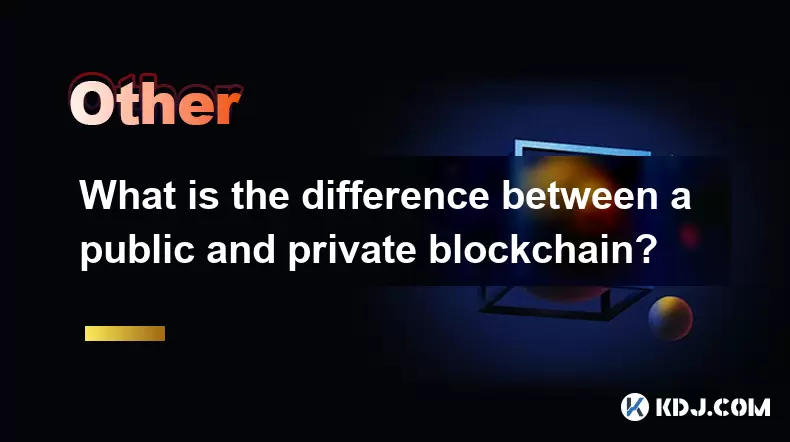
Understanding the Core Concept of Blockchain Networks
A blockchain is a decentralized digital ledger that records transactions across multiple computers in such a way that the registered transactions cannot be altered retroactively. This technology is the foundation of cryptocurrencies like Bitcoin and Ethereum. However, not all blockchains operate in the same manner. The two primary types—public and private blockchains—differ fundamentally in terms of access, control, and consensus mechanisms. These differences define their use cases, security models, and scalability.
In a public blockchain, the network is open to anyone. Participants can join, validate transactions, and participate in the consensus process without requiring permission. This openness ensures transparency and decentralization, two core principles of cryptocurrencies. Anyone can view the transaction history, send funds, or even run a node to help secure the network.
Conversely, a private blockchain restricts access. Only authorized entities can join the network, validate transactions, or view data. This model is often used by enterprises or consortiums that require controlled access and regulatory compliance. While it still uses blockchain technology, the level of decentralization is significantly reduced.
Access and Permission Models
The most apparent difference lies in network accessibility.
- A public blockchain allows anyone with an internet connection to download the software and participate.
- Participants can generate a wallet, send transactions, and in some cases, mine or stake tokens.
- No central authority controls who can join, ensuring permissionless access.
In contrast:
- A private blockchain operates under permissioned access.
- Network administrators must approve new participants.
- Access rights can be tiered—some users may only view data, while others can validate transactions.
- This structure is common in financial institutions or supply chain systems where data privacy is critical.
For example, Bitcoin is a public blockchain. Anyone can download a Bitcoin node and verify transactions independently. On the other hand, Hyperledger Fabric, a blockchain framework hosted by the Linux Foundation, is designed as a private blockchain, often used by corporations for internal tracking and auditing.
Consensus Mechanisms and Validation
The way transactions are validated differs significantly between the two types.
In public blockchains:
- Consensus is achieved through mechanisms like Proof of Work (PoW) or Proof of Stake (PoS).
- Miners or validators compete to add new blocks, earning rewards in cryptocurrency.
- The process is trustless, meaning no single entity needs to be trusted.
- Examples include Ethereum’s transition to PoS and Bitcoin’s PoW.
In private blockchains:
- Consensus is typically managed through Practical Byzantine Fault Tolerance (PBFT) or other efficient algorithms.
- Only pre-approved nodes participate in validation.
- The process is faster and more energy-efficient but relies on trusted participants.
- There is no mining, and therefore no native cryptocurrency in many cases.
For instance, in a private blockchain used by a bank consortium, only the banks’ servers act as validators. They reach agreement on transaction order through a deterministic algorithm, eliminating the need for competitive mining.
Data Transparency and Immutability
Transparency is a hallmark of public blockchains.
- Every transaction is publicly visible and permanently recorded.
- Anyone can audit the entire history using a blockchain explorer.
- This level of openness supports trustless verification and reduces fraud.
However, in private blockchains:
- Data visibility is restricted to authorized parties.
- Transaction details may be hidden from certain participants based on role.
- While the ledger is still immutable within the network, external parties cannot verify it independently.
This distinction is crucial for organizations handling sensitive data. A pharmaceutical company tracking drug shipments might use a private blockchain to ensure only regulators and partners can view shipment details, while still benefiting from tamper-proof records.
Performance and Scalability Considerations
Performance varies drastically due to structural differences.
Public blockchains often face scalability challenges:
- High number of nodes leads to slower consensus.
- Network congestion can increase transaction fees.
- For example, during peak usage, Ethereum gas fees can rise significantly.
Private blockchains offer higher throughput:
- Fewer nodes mean faster agreement.
- Transactions are processed in milliseconds.
- They can be optimized for specific workloads, such as high-frequency trading or internal accounting.
A private blockchain might handle thousands of transactions per second, while Bitcoin manages around 7 TPS. This makes private chains suitable for enterprise applications where speed and efficiency are paramount.
Use Cases and Real-World Applications
Public blockchains are ideal for:
- Cryptocurrencies like Bitcoin and Litecoin.
- Decentralized applications (dApps) on platforms like Ethereum.
- NFT marketplaces and DeFi protocols that require open access.
Private blockchains are preferred when:
- Regulatory compliance is required.
- Data confidentiality is essential.
- Examples include interbank settlements, supply chain tracking, and healthcare record management.
A multinational corporation might use a private blockchain to coordinate inventory across subsidiaries without exposing data to competitors, while still ensuring internal auditability.
Frequently Asked Questions
Can a private blockchain be converted into a public one?No, a private blockchain cannot be directly converted into a public one. The underlying access controls, consensus rules, and node permissions are fundamentally different. To make a private network public, the entire architecture would need to be reconfigured, including removing access restrictions and implementing a permissionless consensus mechanism.
Do private blockchains use cryptocurrency?Most private blockchains do not require or use cryptocurrency. Since there is no need to incentivize anonymous validators, transaction validation is handled by trusted nodes without financial rewards. However, some hybrid models may introduce internal tokens for resource allocation or auditing purposes.
Is a public blockchain more secure than a private one?Security depends on context. Public blockchains benefit from decentralization, making them resistant to single points of failure. However, private blockchains can be more secure against external attacks due to restricted access and enterprise-grade infrastructure. The trade-off lies in trust assumptions—public chains trust code, private chains trust operators.
Can users run nodes on a private blockchain?Only if they are authorized. Running a node on a private blockchain requires approval from the network administrators. The process typically involves identity verification, signing legal agreements, and installing proprietary software provided by the consortium or organization managing the network.
Disclaimer:info@kdj.com
The information provided is not trading advice. kdj.com does not assume any responsibility for any investments made based on the information provided in this article. Cryptocurrencies are highly volatile and it is highly recommended that you invest with caution after thorough research!
If you believe that the content used on this website infringes your copyright, please contact us immediately (info@kdj.com) and we will delete it promptly.
- Dota 2 YouTube Hack: Solana Scam Exposes Esports Security Flaws
- 2025-10-19 18:25:13
- Pumpfun's PUMP Price: Comeback Reasons and What's Next!
- 2025-10-19 18:25:13
- DYDX Hits Annual Lows: Analyst Call Fails to Ignite Rally
- 2025-10-19 18:30:13
- Internet Computer's Bearish Plunge: Is a 52-Week Low the End?
- 2025-10-19 18:30:13
- ENS on the Edge: Bollinger Bands and Bearish Momentum
- 2025-10-19 18:35:12
- ONDO's Wild Ride: Bollinger Bands and Oversold Territory – What's Next?
- 2025-10-19 18:35:12
Related knowledge
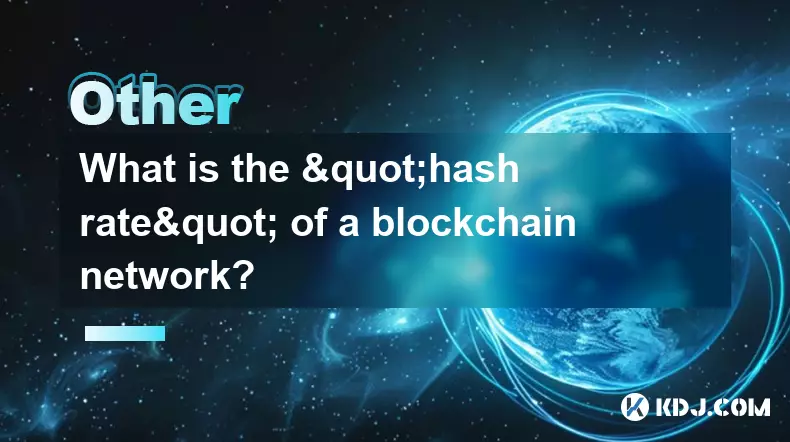
What is the "hash rate" of a blockchain network?
Oct 10,2025 at 03:55pm
Understanding Hash Rate in Blockchain Networks1. The hash rate refers to the total computational power being used to process transactions and mine new...
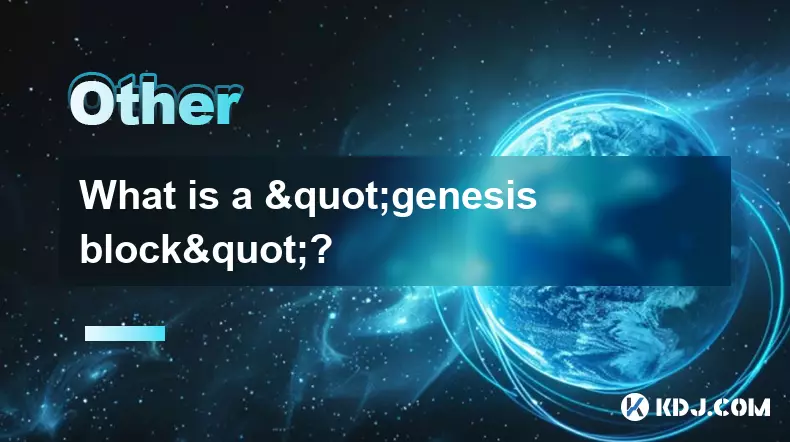
What is a "genesis block"?
Oct 15,2025 at 07:55pm
Understanding the Genesis Block in CryptocurrencyThe genesis block is the very first block in a blockchain network. It serves as the foundation upon w...
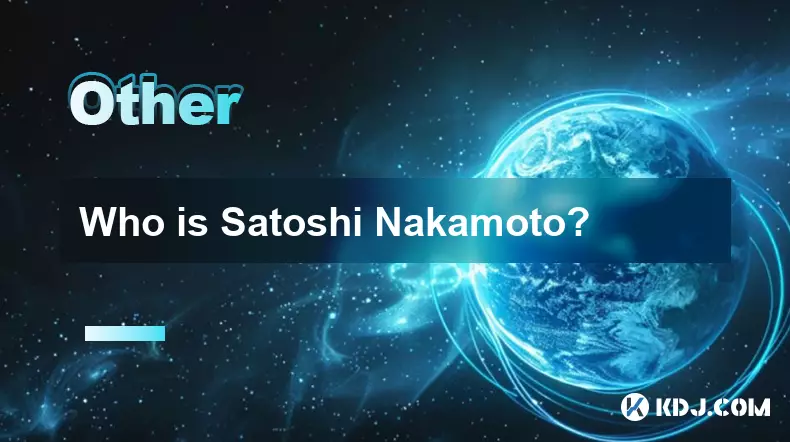
Who is Satoshi Nakamoto?
Oct 15,2025 at 01:01pm
Who is Satoshi Nakamoto?1. Satoshi Nakamoto is the pseudonymous individual or group credited with creating Bitcoin, the first decentralized cryptocurr...
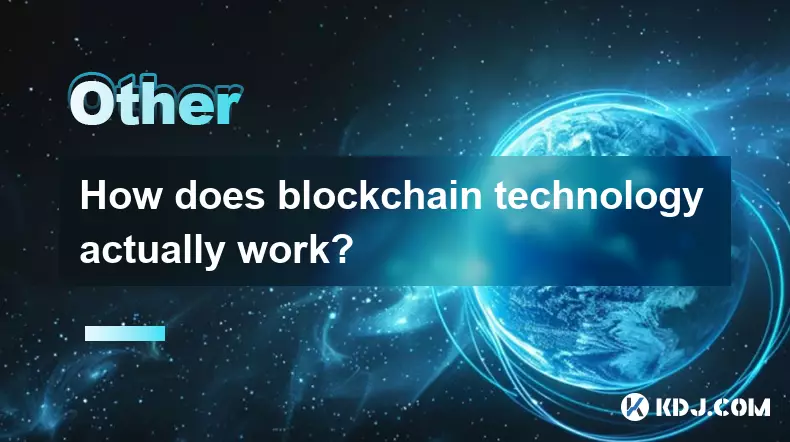
How does blockchain technology actually work?
Oct 11,2025 at 02:36pm
Understanding the Core Mechanism of Blockchain1. At its foundation, blockchain is a decentralized digital ledger that records transactions across mult...
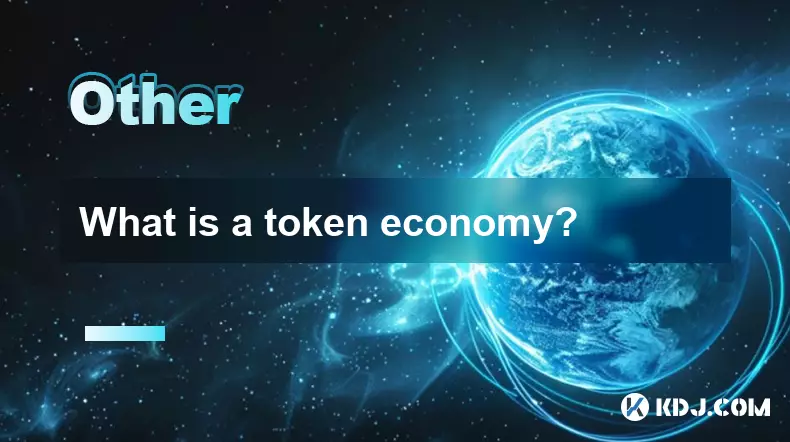
What is a token economy?
Sep 20,2025 at 12:18am
Understanding the Foundations of a Token Economy1. A token economy in the context of cryptocurrency refers to a system where digital tokens are used a...

What are suitable application scenarios for blockchain?
Sep 20,2025 at 03:19am
Decentralized Finance (DeFi) Platforms1. Blockchain enables the creation of financial services without centralized intermediaries, allowing users to l...

What is the "hash rate" of a blockchain network?
Oct 10,2025 at 03:55pm
Understanding Hash Rate in Blockchain Networks1. The hash rate refers to the total computational power being used to process transactions and mine new...

What is a "genesis block"?
Oct 15,2025 at 07:55pm
Understanding the Genesis Block in CryptocurrencyThe genesis block is the very first block in a blockchain network. It serves as the foundation upon w...

Who is Satoshi Nakamoto?
Oct 15,2025 at 01:01pm
Who is Satoshi Nakamoto?1. Satoshi Nakamoto is the pseudonymous individual or group credited with creating Bitcoin, the first decentralized cryptocurr...

How does blockchain technology actually work?
Oct 11,2025 at 02:36pm
Understanding the Core Mechanism of Blockchain1. At its foundation, blockchain is a decentralized digital ledger that records transactions across mult...

What is a token economy?
Sep 20,2025 at 12:18am
Understanding the Foundations of a Token Economy1. A token economy in the context of cryptocurrency refers to a system where digital tokens are used a...

What are suitable application scenarios for blockchain?
Sep 20,2025 at 03:19am
Decentralized Finance (DeFi) Platforms1. Blockchain enables the creation of financial services without centralized intermediaries, allowing users to l...
See all articles





















![[4K 60fps] Astral by oc3andark (1 Coin) [4K 60fps] Astral by oc3andark (1 Coin)](/uploads/2025/10/19/cryptocurrencies-news/videos/k-fps-astral-ocandark-coin/68f438453fa33_image_500_375.webp)




















































